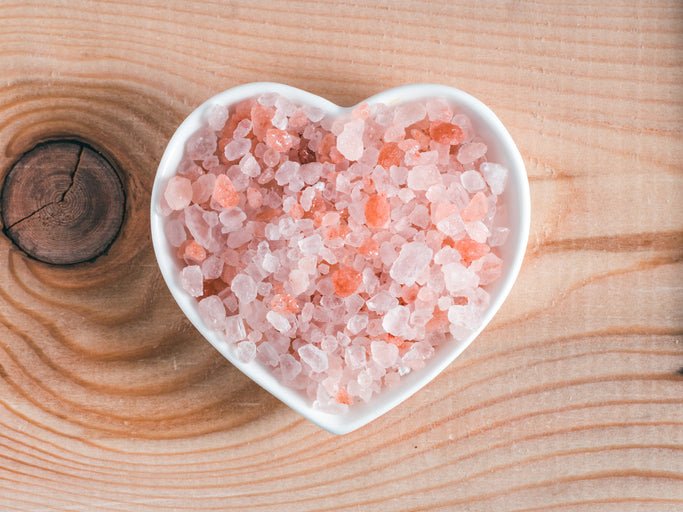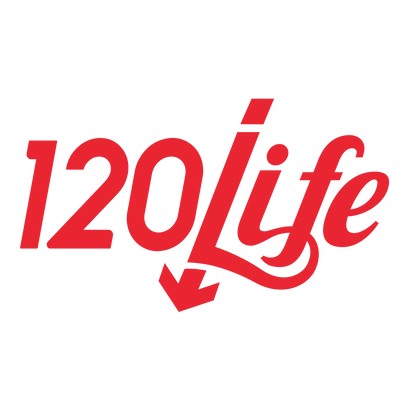Apparently this stuff works - Mike M.
You can feel the difference - Kevin K.
My BP was 157/101... now it is 129/87 - Latasha G.
Seems to work... lowered my numbers by 7% - Scott L.
It is a life saver - Golda C.
I feel better, I have more energy - Alex Y.
My BP went down 10 points in 2 weeks - Lucy W.
I have only been drinking it for 2 weeks and my BP numbers have gone down - Elizabeth S.
Apparently this stuff works - Mike M.
You can feel the difference - Kevin K.
My BP was 157/101... now it is 129/87 - Latasha G.
Seems to work... lowered my numbers by 7% - Scott L.
It is a life saver - Golda C.
I feel better, I have more energy - Alex Y.
My BP went down 10 points in 2 weeks - Lucy W.
I have only been drinking it for 2 weeks and my BP numbers have gone down - Elizabeth S.
Add description, images, menus and links to your mega menu
A column with no settings can be used as a spacer
Link to your collections, sales and even external links
Add up to five columns
Add description, images, menus and links to your mega menu
A column with no settings can be used as a spacer
Link to your collections, sales and even external links
Add up to five columns
How Does Sodium Affect Blood Pressure?
February 16, 2023 3 min read

February is American Heart Month, a national observance that’s meant to remind people around the country to focus on their hearts and promote better heart health within their communities. And as you know, normal blood pressure is of major importance to your heart health.
But as most of us know, one key component of normal blood pressure is our daily sodium intake.
Simply put, sodium is everywhere—it’s in our packaged and prepared foods, fast foods, condiments, even some salads! So why is it so inescapable?
Well, that’s because it’s important. Sodium helps keep a balance of pressure between the inside and outside of our cells. It’s also necessary for nerve conduction and muscle contraction.
How does sodium intake affect blood pressure?
Though it’s important to get sodium in your diet, it’s even more important that you ingest it in the right amount!
After all, sodium itself doesn’t cause high blood pressure, but in excess it can contribute to the condition. Water is attracted to sodium, so the water moves towards the sodium in our bloodstream and increases the total volume of blood. To circulate this increased blood volume, the heart has to pump harder. This increases the pressure in the arteries… which results in high blood pressure.
This is a problem, because even though sodium is crucial for life, most Americans consume way too much sodium.
WHAT’S THE APPROPRIATE AMOUNT OF SODIUM TO CONSUME?
If you have high blood pressure, the appropriate amount of sodium consumption is no more than 1500mg a day. But according to the Centers for Disease Control, about 90% of Americans 2 years old or older consume too much sodium. The average daily amount consumed is 3400mg.
Additionally, most of the sodium you consume is not from the saltshaker on your kitchen table; instead, it sneaks its way into your diet, hiding out in places you had no idea it existed.
Hidden Sodium Intake:
- Soups-particularly canned and dried mixes
- Sauces-ketchup, bottled sauces, dried mixes
- Smoked meats and fish
- Sauerkraut and pickled foods
- Sodium processed deli/luncheon meats-salami, bologna, turkey, corned beef, ham, bacon
- Snack chips and crackers-corn chips, potato chips, pretzels, peanuts, crackers
- Seasonings-yeast extract, monosodium glutamate, mustard, Adobo, Accent
- Sweetener- Sodium Saccharin, Sweet and Low
- Some medications-over the counter and prescription
- Soda-regular and diet
Unexpected Foods High in Sodium
- Bread
- Packaged foods
- Frozen entrées
- Cheese
- Mouthwash
- Canned/jarred vegetables, beans, sauces, olives
- Processed foods
- Ready-to-eat cereals
- Canned tuna
- Toothpaste
So, where do we start?
When you’re shopping, be sure to check serving sizes and servings per container. I had a client who purchased a packaged corn muffin whose label stated that it had 295mg of sodium per serving. Most of us would assume that a serving would be the whole muffin, but the label stated that a serving is ½ muffin. Ridiculous, right? Who eats half a muffin? That client didn’t read the label carefully and consumed close to 600mg of sodium in that one muffin—close to half of what they should have consumed for the entire day.
Read labels carefully! These terms will help you know how much sodium any given product contains:
Best choices
- Sodium-free or salt-free. Each serving in this product contains less than 5mg of sodium.
- Very low sodium. Each serving contains 35mg of sodium or less.
- Low sodium. Each serving contains 140mg of sodium or less.
What the other sodium label claims mean
- Reduced or less sodium. The product contains at least 25% less sodium than the regular version.
- Lite or light in sodium. The sodium content has been reduced by at least 50% from the regular version.
- Unsalted or no salt added. No salt is added during processing of a food that normally contains salt. However, some foods with these labels may still be high in sodium because some of the ingredients may be high in sodium.
Also, as you might imagine, fresh foods such as vegetables, fruits, beans, lean proteins (not deli meats), whole grains, unsalted nuts/seeds should fill up most of your plate.
So despite the fact that sodium is everywhere, these tips—when combined with the proper amount of vigilance—should make it hard for sodium to sneak past you in the future.
Next time we’ll take a look at the importance of consuming potassium in food rather than supplements, as well as the DASH diet (Dietary Approaches to Stop Hypertension).
Leave a comment
Comments will be approved before showing up.
Subscribe
Sign up to get the latest on sales, new releases and more …

